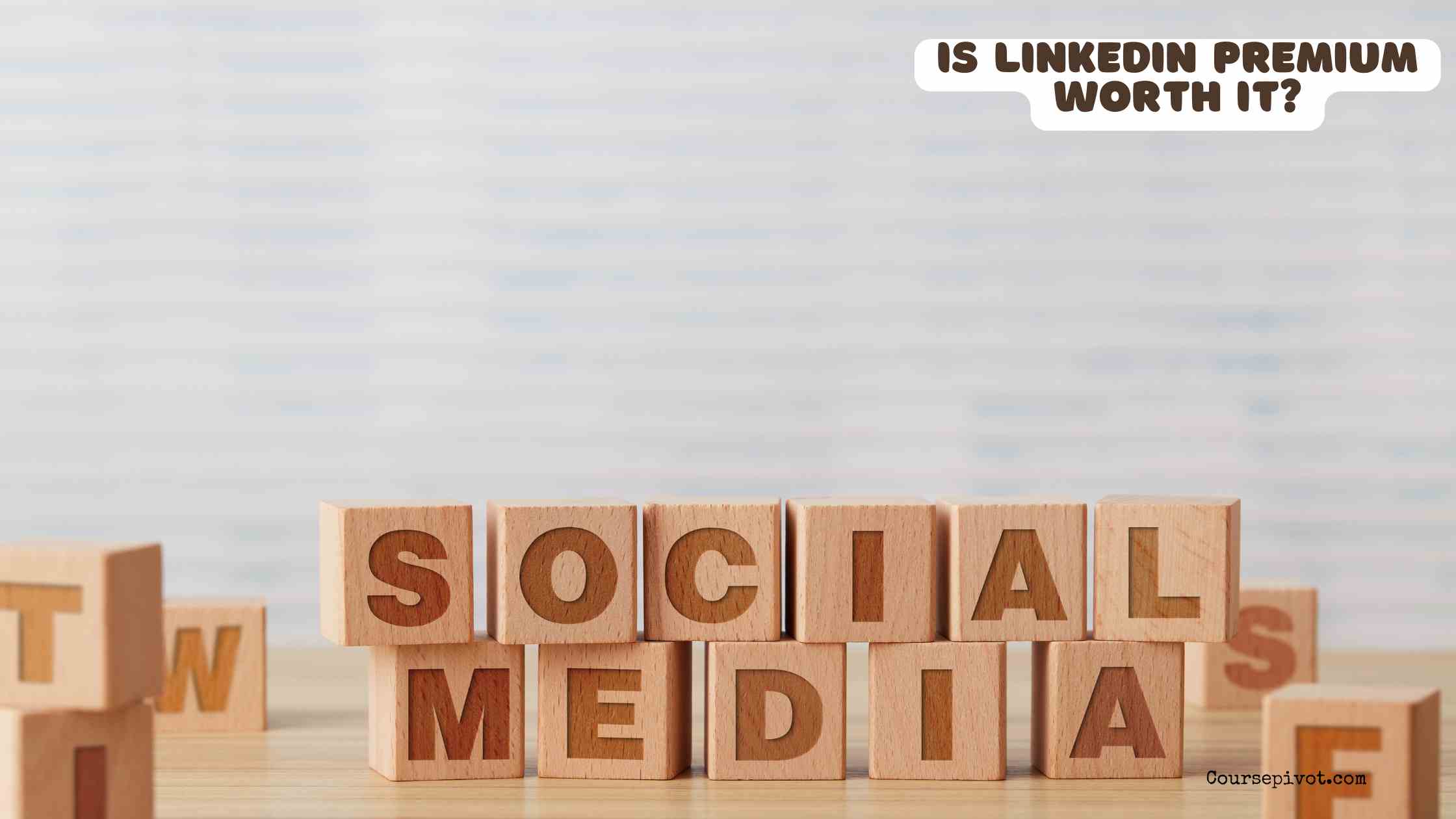
Is LinkedIn Premium Worth It?
If you’ve ever scrolled through LinkedIn and seen the little “Premium” badge, you might have wondered: Is it really worth paying for? With more than 1 billion members using the platform as of 2025, LinkedIn has become the go-to space for networking, career growth, and professional branding. But like any subscription service, the value of LinkedIn Premium depends on how you use it and what you expect to gain.
Table of Contents
This blog explores what LinkedIn Premium offers, who benefits the most, and whether investing in it actually moves the needle for your career.
Understanding What LinkedIn Premium Includes
LinkedIn Premium isn’t a one-size-fits-all product—it comes in different tiers such as Premium Career, Premium Business, and Sales Navigator. The most popular for job seekers and professionals is Premium Career, which includes features like:
- Seeing who viewed your profile in the last 90 days.
- Access to LinkedIn Learning courses.
- InMail credits to message people outside your network.
- Detailed insights into job postings, such as applicant comparisons.
Premium Business offers extended search filters and deeper analytics, while Sales Navigator caters to those in client acquisition or B2B sales. Knowing these differences helps determine if the investment matches your career goals.
The Value for Job Seekers
One of the biggest selling points of LinkedIn Premium is its impact on job hunting. According to LinkedIn, candidates with Premium are 2x more likely to get hired than those without it. This is partly because:
- Premium users can see how they stack up against other applicants.
- Recruiters often notice the Premium badge, signaling seriousness.
- InMail allows direct outreach to hiring managers instead of waiting for recruiters to find you.
Imagine applying for a competitive role where 300 applicants are competing. With Premium insights, you can identify the most sought-after skills and tailor your resume and LinkedIn profile accordingly. That knowledge alone can give you an edge.
Networking and InMail: Opening More Doors
Networking is at the heart of LinkedIn. But let’s be honest—sending a connection request without context often gets ignored. This is where InMail messages come in handy.
Premium gives you a set number of InMail credits each month, allowing you to bypass connection requests and message decision-makers directly. For example, a sales professional might use InMail to pitch services to a CEO, while a graduate could reach out to an alumni mentor for advice.
While some people argue you can network effectively without Premium, having direct access makes the process smoother, especially if you’re targeting high-level contacts.
LinkedIn Learning: Upskilling on Demand
Career growth today is tied to continuous learning. LinkedIn Premium includes LinkedIn Learning, an e-learning library with over 21,000 courses spanning leadership, technology, and creative fields.
For instance:
- A project manager can brush up on Agile methodologies.
- A marketer might explore courses on AI-driven digital campaigns.
- A recent graduate can strengthen Excel or data visualization skills.
When compared to other platforms like Coursera or Udemy, LinkedIn Learning’s biggest advantage is integration—it directly ties completed courses to your LinkedIn profile, showcasing new skills to recruiters.
The Cost Factor: Is the Price Justified?
LinkedIn Premium Career costs around $39.99 per month, while Premium Business is about $59.99 per month. Sales Navigator plans run even higher.
Here’s a simple breakdown:
| LinkedIn Plan | Price (Monthly) | Best For |
|---|---|---|
| Premium Career | $39.99 | Job seekers, early professionals |
| Premium Business | $59.99 | Entrepreneurs, growing networks |
| Sales Navigator | $99.99+ | Sales professionals, B2B outreach |
Think of it this way: if Premium helps you land a job just one month faster, and that job pays $60,000 annually, the subscription more than pays for itself. For entrepreneurs, securing even one client through Premium features could also cover the cost many times over.
Who May Not Need LinkedIn Premium
It’s important to note that LinkedIn Premium isn’t a magic bullet. If you’re not actively job searching, recruiting, or building sales pipelines, the free version might be enough. People who already have strong networks or who only use LinkedIn passively to scroll through updates may not find Premium worth the investment.
In short, if you’re not leveraging the features—like InMail, job insights, or learning courses—you might end up paying for tools you don’t use.
Practical Tips for Maximizing LinkedIn Premium
If you decide to give Premium a try, here are some actionable steps to make the most of it:
- Leverage InMail wisely: Don’t just send generic pitches. Personalize your outreach with shared interests or industry trends.
- Use job insights strategically: Identify gaps in your profile compared to other applicants and adjust accordingly.
- Commit to LinkedIn Learning: Block out time weekly to complete at least one course.
- Track ROI: After two to three months, evaluate whether Premium is helping you connect faster, land interviews, or upskill effectively.
Key Takeaways
LinkedIn Premium can be a valuable tool—but it’s not for everyone. It shines for job seekers, entrepreneurs, and sales professionals who need advanced insights and outreach options. For passive users or those who rarely network online, the free version may be enough.
At about $40–$60 a month, Premium is less about the price tag and more about the return. If it shortens your job search, builds meaningful connections, or helps you upskill for career advancement, then it’s worth every dollar. But if you’re not ready to use its features actively, you may want to stick with the free version until your goals change.
So, the next time you see that little golden badge on someone’s profile, ask yourself—is LinkedIn Premium the missing piece in your professional journey, or just a nice-to-have perk?
Cite this article
You can copy and paste your preferred citation format below.
Martin, L. & Arquette, E.. (2025, September 15). Is LinkedIn Premium Worth It?. Coursepivot.com. https://coursepivot.com/blog/is-linkedin-premium-worth-it/



